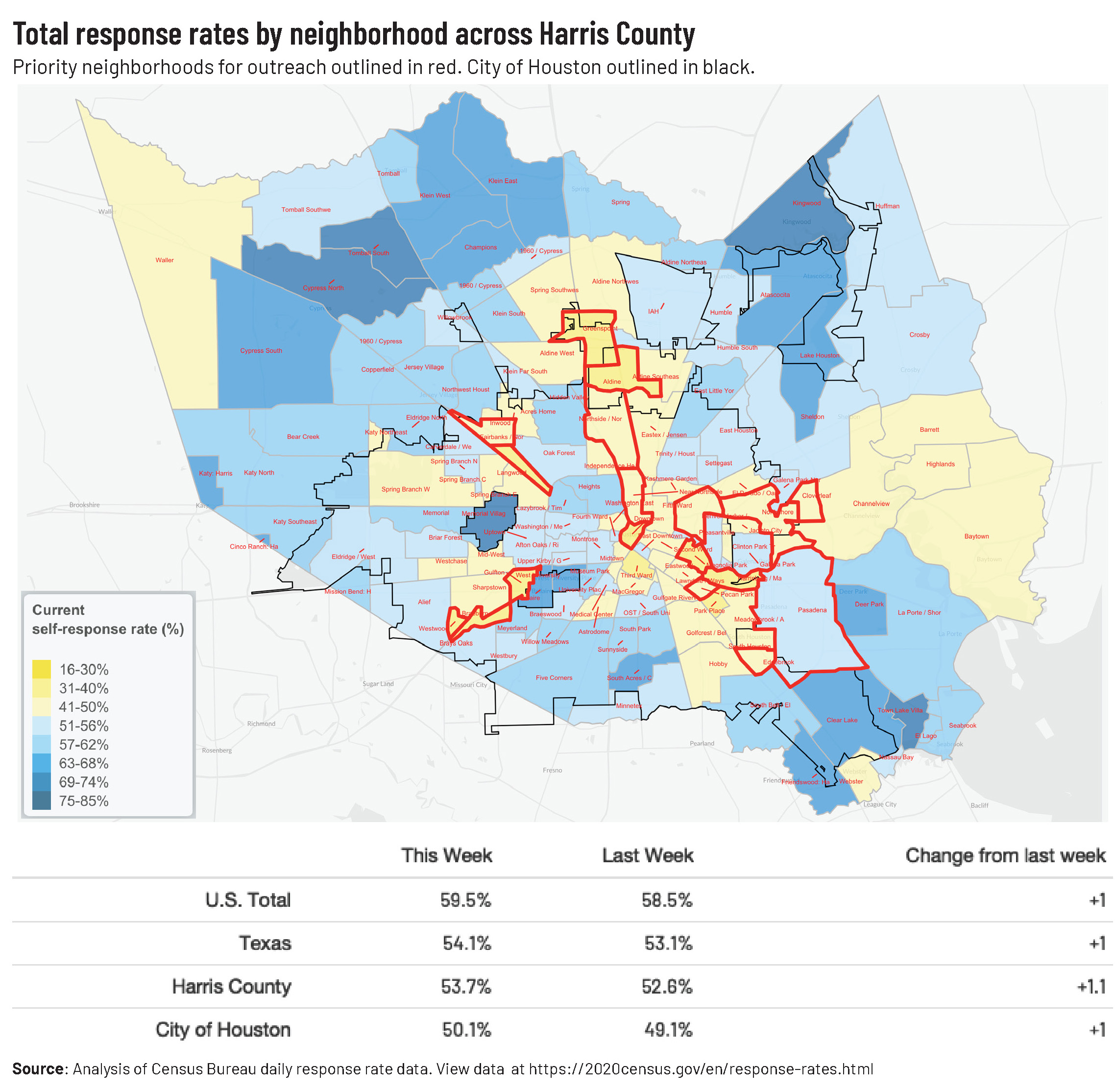Vidya Sethuraman
India Post News Service
A delay in the census because of the COVID-19 pandemic could push Texas redistricting into legislative overtime. Next year’s redistricting round will be the first time in nearly half a century that the Texas legislature can redraw maps without any federal supervision to ensure they don’t discriminate against communities of color.
Ethnic media services had organized for a teleconference on Texas 2020 Census count and redistricting on May 20, 2020. If the hard to count communities aren’t reached, the implications are vast. The census shapes political representation and the allocation of public funding over the next decade, determining state Electoral College votes, as well as how local, state, and federal legislative district lines are drawn.
The first three speakers gave a detailed overview on the demographics of Texas, political representation and efforts to reform the redistricting process. The second panel of seven speakers explained the census organizing in the communities and region especially in the border area that may be undercounted.
Lila Valencia, Texas Demographic Center explained the demographics of Texas. It is the second most populous U.S. state, with an estimated July 2019 population of 28.996 million. In recent decades, it has experienced strong population growth. “We’ve been seeing continuations of long patterns and trends that we’ve been observing for some time now,” she said.
“Texas has been adding more people than any other state since 2006. This is even during the time when, more recently, other states are starting to lose population.” Since 2010, 86% of the total population that has been added has come from non-whites and 53% is from the Hispanic.
She said the Texas population is growing from a combination of a natural increase, or births minus deaths, as well as net migration — the number of people moving into Texas minus people moving out. Asians, Hispanic groups are the fastest growing ethnic groups.
“So we’re really getting a more cosmopolitan demographic makeup of the state.” “So, the 2020 census is really, really important to the state of Texas,” she said. “Now, how that gets used varies between different agencies.”
Katie Martin Lightfoot, Census Community Engagement Coordinator spoken on the importance of Census 2020 for Texas. Getting an accurate count will position the region for growth, and development, but if too many people aren’t counted, the basin could risk losing funding for things like education, healthcare, infrastructure, and housing.
The Census determines our representation in Congress, Electoral College votes and informs redistricting. Accurate count is important for our voices to be heard both at the local and national level. “In Texas, if we are undercounted by 1%, a conservative estimate is that we will lose $300 million per year for the next 10 years,” she said.
“With Texas Counts we’re trying to really assist these hard-to-count communities,” said Katie Martin Lightfoot, the Texas Counts campaign coordinator. “Actually one-fourth of Texans live in a hard-to-count community.” Hard-to-count communities include children 5 years and younger, immigrants, non English speaking communities, people in rural areas, renters, low-wage families and people with limited access to the internet and government services. As of 05/19/2020, 54.3% of Texans have responded to the census and she urges everyone to participate in the hard to count districts.
Nina Perales is the Vice President of Litigation for the Mexican American Legal Defense and Educational Fund. She spoke on the relationship between Census 2020 and some of the anticipated delays due to the pandemic, how it will affect the redistricting.
Every ten years, after the Census, we redraw districts to reallocate population. Redistricting is equal to redrawing district boundaries to equalize population across districts. With the pandemic, counting could be delayed and this will affect legislative process will be rushed, possibility of special session in the summer with little transparency and little to no time to litigate for fairer districts, said Nina.
The second panel of seven speakers spoke on how many local organizations are helping the census to get the hard count population during the pandemic. All the speakers, community activists and leaders, urged the Texans to respond to the Census questionnaire. Instagram live parties, weekly podcasts, traditional methods such as mails, Facebook Live, Twitter events, and virtual town halls are some of the efforts taken by various organizations during the pandemic to help Census.







